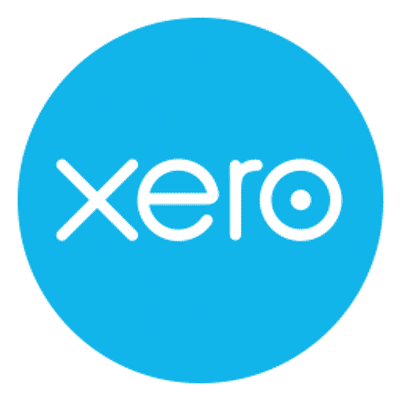Numberz is a Accounting Software. Numberz offers Accounts Payable, Accounts Receivable, Bank Reconciliation, Billing and Invoicing, Cash Management and many more functionalities.
Some top alternatives to Numberz includes Quickbooks, Xero, Freshbooks, Liquid Accounts and AccountsIQ.
No, Numberz doesn't provide API.
Yes, Numberz provides a mobile app.
Numberz is located in Gurugram, India
Numberz offers Quotation Based pricing model
Yes, Numberz can integrate with Quickbooks, Busy, Salesforce, Microsoft Dynamics 365 for Sales and many more.You can find more integration for Numberz here
The starting price is not disclosed by Numberz. You can visit Numberz pricing page to get the latest pricing.



















